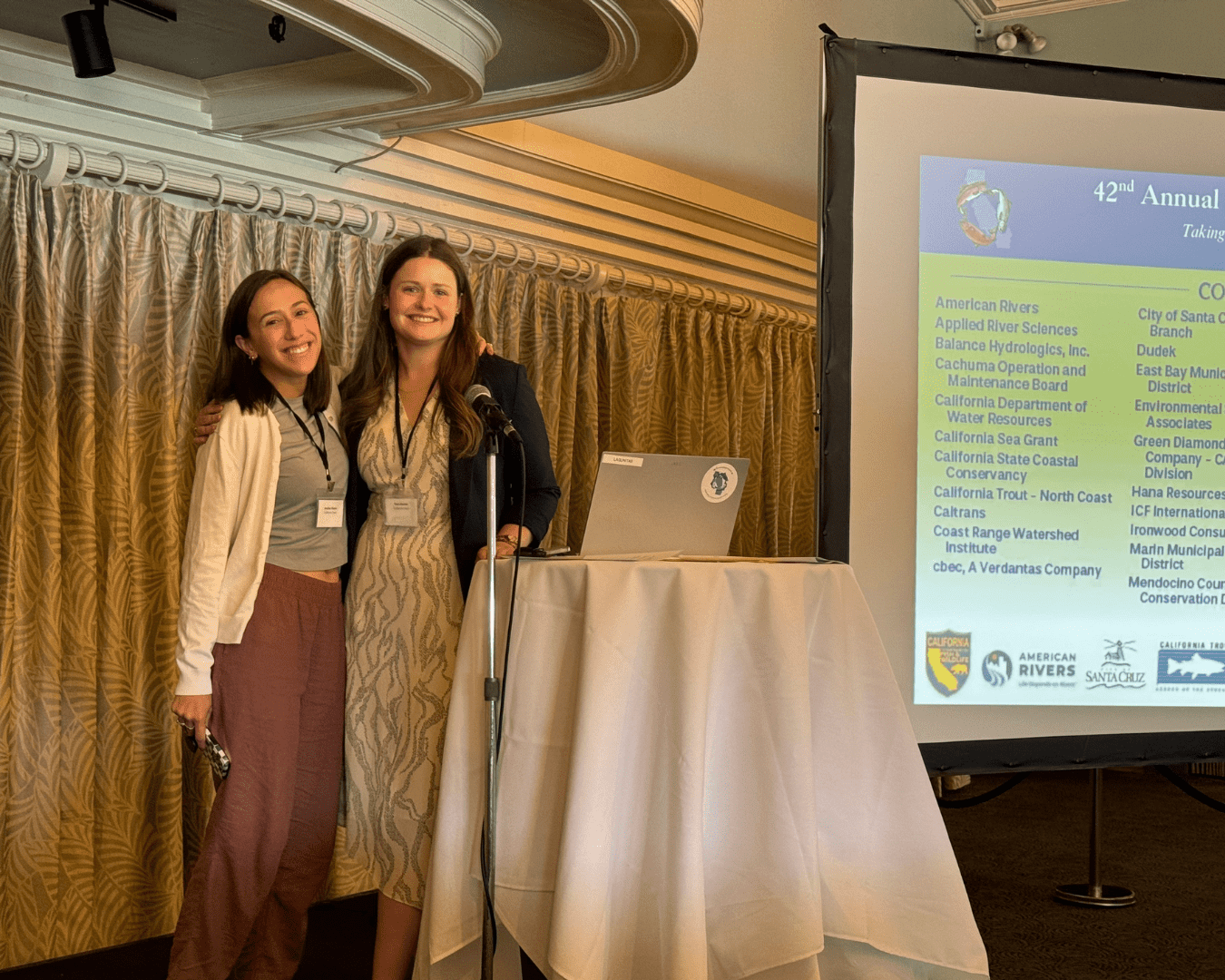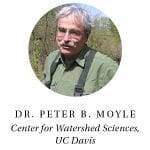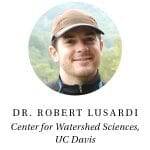Through the Noise: CalTrout’s Focused Policy Work for 2025
For over 50 years, California Trout's legacy has endured through economic highs and lows, a global pandemic, and decades of change. Today, amidst the noise and distractions, we are steadfast in our commitment to stay focused on our work, from hands-on restoration to lobbying at the state and federal level. We've stepped up our federal lobbying capacity to stay in the conversation, advocate for CalTrout's mission, and stay on top of new threats to our freshwater ecosystems.
We believe restoration requires holistic solutions, and science and policy need to go hand in hand to create change. Our policy team and our regional teams are all striving towards the same goal of creating a resilient California for generations to come.
CalTrout’s policy team actively supports legislation that protects our state's critical water resources, fish habitat, and natural landscapes. Here's an overview of the key bills we're backing in the 2025 legislative session that align with our mission to revitalize waters for resilient wild fish and a better California.


Safeguarding California's Resources Against Federal Rollbacks
AB 43: Protecting Wild & Scenic Rivers
Introduced by Assemblymember Nick Schultz:
We believe that there is a critical need to protect California’s wild and scenic rivers. AB 43 removes the December 31, 2025, expiration date on provisions that allow California to add federally designated Wild and Scenic Rivers to the state system if federal protections are weakened or removed. This legislation is increasingly urgent as federal actions signal potential threats to these protections.
The Mokelumne River exemplifies why these protections matter — this crucial waterway supplies water and power to tens of thousands of Californians and provides critical cold-water habitat for native salmonids. AB 43 ensures California retains the ability to protect such treasured rivers regardless of federal policy changes.
AB 1319: Protecting California's Endangered Species
Introduced by Assemblymember Nick Schultz:
Similar to AB 43, this bill protects California's endangered species from potential federal rollbacks. As environmental protection faces challenges at the federal level, AB 1319 helps ensure that California remains home to more species of plants and animals than any other state in the nation by having the California Fish and Game Commission begin emergency listing proceedings should the federal government remove a species from the Federal Endangered Species Act.
SB 427: Ensuring Continued Funding for Habitat Conservation
Introduced by Senators Catherine Blakespear and Henry Stern:
SB 427 removes the July 1, 2030, sunset date for the Habitat Conservation Fund (HCF), ensuring this critical funding source remains available for conservation efforts. Since 1990, the HCF has contributed more than $1 billion toward protecting over 1.2 million acres of wildlife habitat while funding over 350 local and regional parks projects.
Despite its proven success, the HCF has faced multiple attempts to divert its funding. Earlier this year, CalTrout joined a coalition that successfully fought to protect the HCF from budget cuts. SB 427 would make this protection permanent, ensuring continued support for projects like the Battle Creek Salmon and Steelhead Restoration Project, which has received $12.4 million to restore approximately 48 miles of habitat.
Looking Forward
These bills represent CalTrout's commitment to ensuring that California's water resources, fish populations, and natural landscapes remain protected and healthy for future generations. By supporting this legislation, we're working to create more resilient watersheds that benefit both wildlife and communities throughout the state.
As these bills move through the legislative process, we'll continue to advocate for policies that sustain wild fish in healthy waters across California. Stay tuned for updates on our blog and consider taking action to support these important measures.






